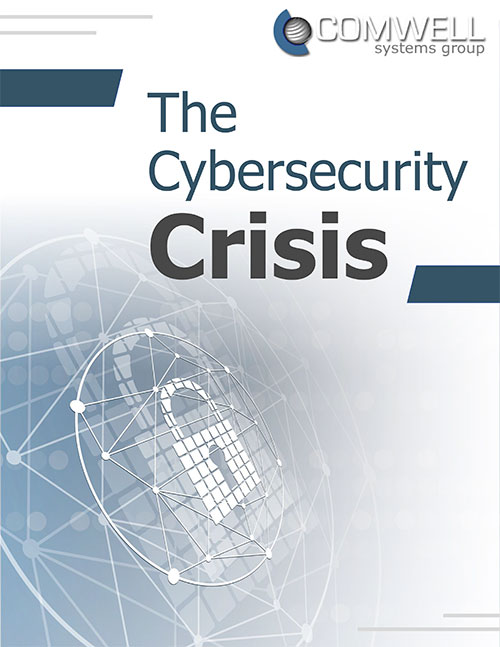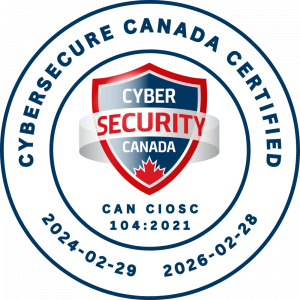Even in good times, scammers circle around generosity. During the holidays, when giving increases and emotions run high, they truly pounce. A few years ago, a massive telefunding fraud was shut down after authorities discovered the perpetrators made 1.3 billion deceptive donation calls and collected over $110 million from unsuspecting donors (Federal Trade Commission). At the same time, academic researchers from Cornell University found that on social media alone, more than 800 accounts operated donation scams, pushing victims toward fake fundraisers over platforms like Facebook, X, and Instagram.
For a small business in Vancouver or the Lower Mainland, one misstep in charitable giving can do more than lose money, it can connect your name to fraud, damage your reputation, and erode trust with clients, partners, and your community. Here’s how to vet fundraisers, spot red flags, and keep your business (and goodwill) safe this season.
How to Vet a Fundraiser Before You Donate
A legitimate fundraiser should answer these clearly:
- Who is organizing this, and what’s their connection to the recipient?
- How exactly will the funds be used, and over what timeline?
- Who is controlling withdrawals? Is there a clear path for funds to reach their target?
- Do close contacts of the recipient (family, friends) publicly support the campaign?
If any of those are vague or missing, ask for clarification first. Silence or evasive answers is a red flag.
Red Flags That Often Signal Scams
If you see any of these, pause and investigate:
- Misleading or patently false information on the fundraiser page
- Funds not being used for the stated purpose in a reasonable time frame
- Impersonation of another person or copying someone else’s story
- Stories that seem too perfect or emotionally manipulative
When you spot multiple warning signs, report the fundraiser and don’t donate.
Vetting Charities (Not Just Crowdfunds)
Even established charities can have sketchy practices. Look for:
- Transparent program descriptions, financial breakdowns, and annual reports
- Clear information about how much of a donation goes to programs vs. overhead
- Charity names that appear in searches with words like “fraud,” “scam,” or “complaints”
A lack of detail or negative reviews should spark caution.
Common Tactics Charity Scammers Use
Watch out for:
- Demands to donate via gift cards, wire transfers, or crypto, legitimate charities accept credit cards or checks
- Websites missing https (look for the “s”), that means insecure data transmission
- Pressure to donate right away, urgency is a trick to stop you from thinking
- Claims you already pledged or gave without remembering, always double-check before you pay
Scammers are clever. Even polished websites and thoughtful-sounding headlines may hide malicious intent.
Why This Matters for Your Business
When your business gives to charity (publicly or privately) that generosity becomes part of your brand. A donation to a scam, or even an employee giving through your company name, can drag your brand into a fraud story. Worse, the same tactics used in charity scams, urgency, impersonation, phony websites, also appear in phishing, invoice fraud, and wire-transfer scams. Teaching your team to spot fake fundraisers is training them to spot fraudulent tactics across the board.
How to Protect Your Business (and Your Goodwill)
These steps help ensure your giving is safe and smart:
- Donation Policy: Define how and where the company will donate, and put approval thresholds in place
- Employee Awareness: Educate your team on fake fundraisers; double-check before donating under your company name
- Use Trusted Channels: Donate via official charity websites, not random links in emails or social media
- Transparency: If you publicize donations, verify the charity you publicly support
- Ongoing Monitoring: After donating, check that funds are used as promised (many charities publish impact reports)
Where Managed IT Services, IT Support, and Cybersecurity Fit In
Practical safeguards reinforce safer giving. Managed IT services and responsive IT support can help implement company-wide URL filtering, email security controls, and MFA on donation and finance accounts, while cybersecurity awareness training equips employees to verify links, spot impersonation, and report suspicious campaigns, without slowing down your year-end giving.
Keep Your Holidays Generous, Not Risky
The holidays are a chance to give back, not a season for regret. Smart checks and policies protect your money and your reputation. Want to make sure your team knows how to spot these scams, whether it’s a fake fundraiser, a phishing email, or a bogus payment request?
Book your free discovery call here: Schedule a call




